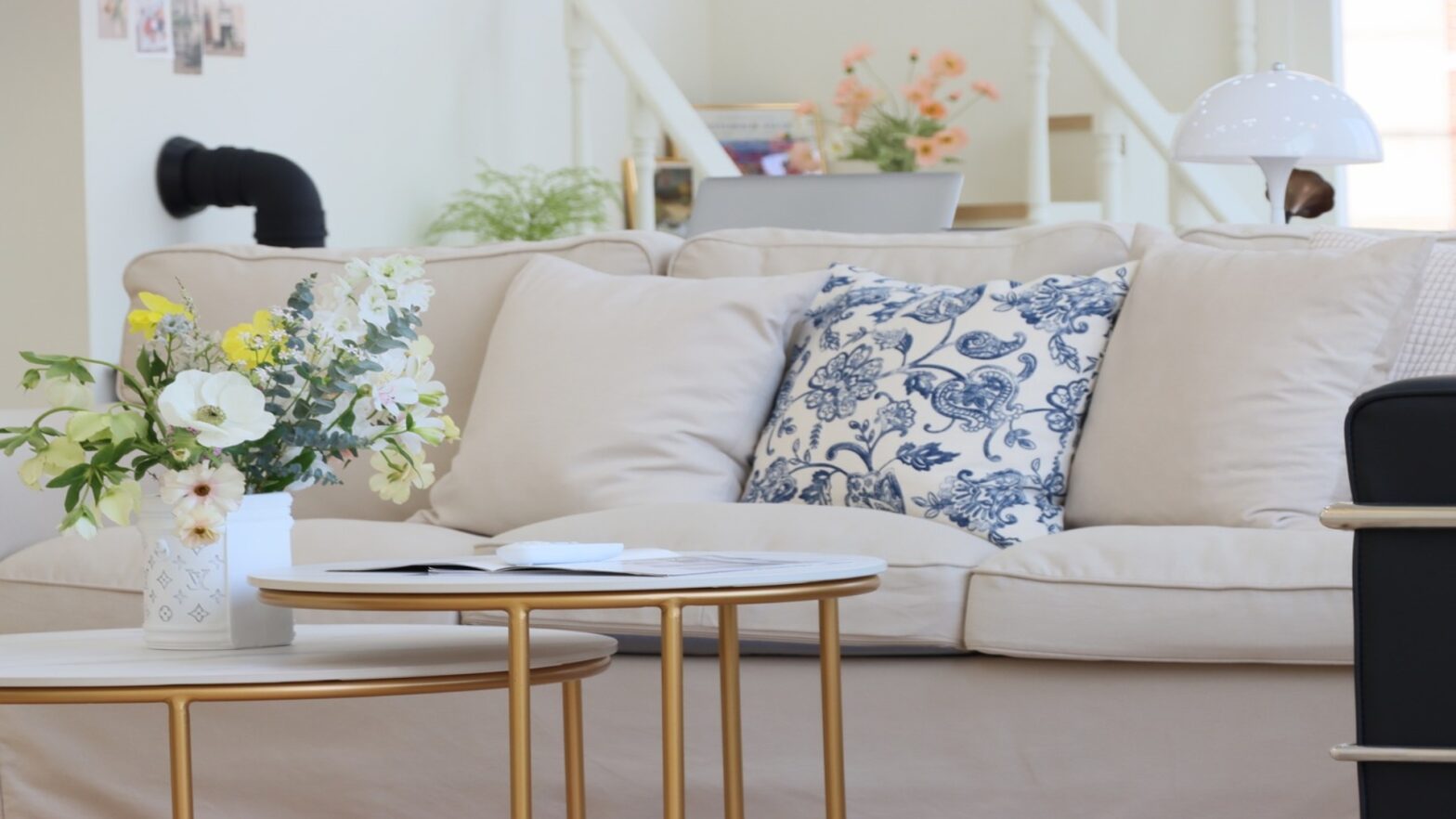Did you know that the humble cushion has a long and vibrant history? From Ancient Egypt to your sofa, cushions have developed and changed throughout the years. They’ve been both luxurious and utilitarian and, today, they’re one of the smartest yet easiest ways to update your home. Here’s a quick look at cushions through the ages.
Cushions Are Older Than You Might Think
The oldest known cushions date back to 7000 BCE, and we know about them thanks to wall art from the Mesopotamian peoples.
Historians believe that during this era, cushions were a status symbol. Comfort was probably highly associated with luxury, so a home laden with cushions was seen as highly luxurious and therefore wealthy. Cushions were also used as pieces of art, with rich colours and fabric further indicating a high status in society.
Cushions Used to Be Hard
In other cultures, cushions weren’t so comfy. Despite the luxurious inners of many Ancient Egyptian tombs, this civilisation used cushions and pillows in a more practical way. Sculptures, art, and sarcophagi show simple cushions placed under the head, just as we use pillows today. However, these pillows were often hard, crafted from wood or stone.
In China, cushions were also developed as hard headrests, crafted from bamboo or even ceramics. However, over time, the hard surface was wrapped in fabric to soften it.
Throughout Europe, many societies adopted this idea of the cushion for resting the head. Europeans, however, wanted something softer and started stuffing them with straw or feathers. Cushions began to appear in chairs and on recliners as well as in beds. That’s the source of today’s love affair with cushions for all parts of the home.
Travel Inspired Today’s Range of Designs
Throughout the 19th century, it became more common for middle-class and wealthy people to travel. Journeys to Asia and the Middle East introduced British people to fantastic fabrics in the shape of rugs, drapes, and cushions. Bringing them back home meant that the UK was suddenly exposed to new and wildly colourful designs.
Cushions became a symbol of worldliness while retaining their use for adding comfort and a touch of luxury. Western designers took note that homeowners loved the bright, enticing designs and began to get more adventurous with their own creations. Soon, Bohemian-style cushions with patterns inspired by India, China, Japan, and more places were widely available.
The Rise of Mass Production
Throughout the 20th century, cushions started to become available in different sizes, materials, and shapes. Readily available synthetic materials, often blended with strong cotton or linen, meant that cushions were more affordable. Mass production helped with this, with factories able to produce cushions that were much less expensive than hand-crafted options.
Fillings switched from feathers and alternatives like horsehair to polyester fibres and foams. These synthetic fillings were more hypoallergenic and, in some cases, softer and more durable. Because these fillings and materials were cheaper to produce, availability increased. Homeowners could suddenly have tiny cushions for chairs or massive, bean bag-style variants for floor seating. There were options for neutral tones or vibrant colours, depending on the taste of the buyer. There was now no need to travel to indulge in exotic designs because cushion manufacturers worked with skilled designers to create beautiful results.
Where We Are Today: High-Quality, Affordable Cushions
Today, everyone can have affordable yet high-quality cushions in their home. Even designer options are accessible when buyers choose the right cushion retailer. The pendulum has swung back in time somewhat, as today’s cushion buyers are once again embracing natural materials like cotton and linen. Some even prefer organic fillings like soft feathers, although synthetic alternatives are more practical for some homes.
Cushions are one of the simplest ways to update a room, adding colour and definition with ease. They’re also a great way to celebrate an occasion. How about Halloween-themed cushions, or Christmas colours and patterns?
The right cushions can transform a home, and now you know that every cushion you buy has heritage and history. Rich colours and durable fabrics place your home at the same level as a wealthy, Mesopotamian — or a well-travelled Victorian. A very good reason to keep investing in soft, beautiful cushions for wherever you like in your home.
































